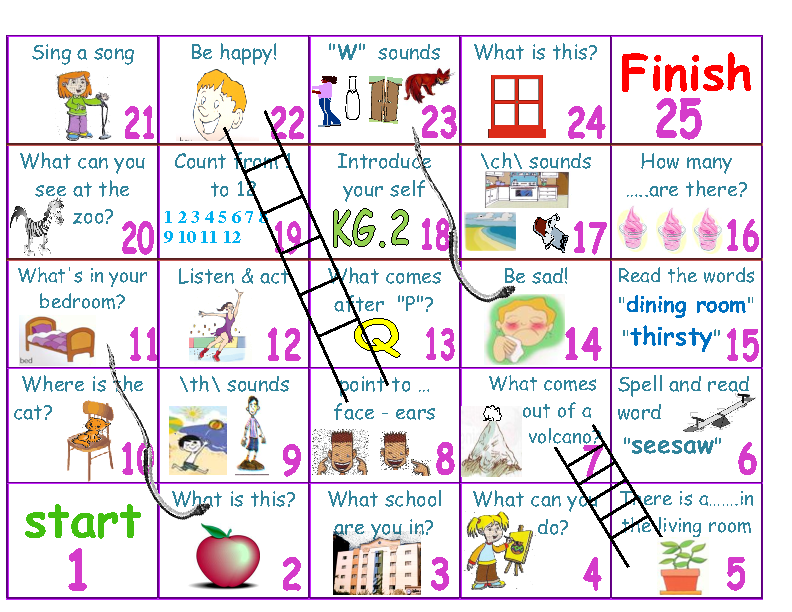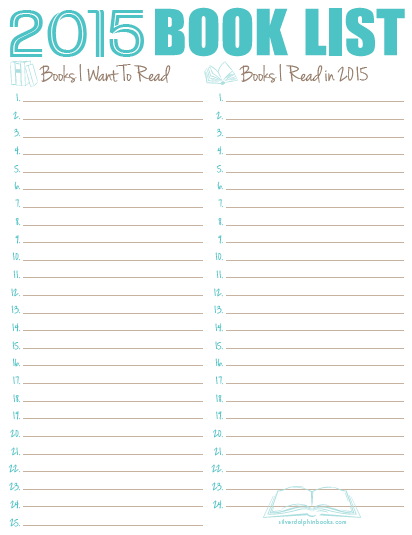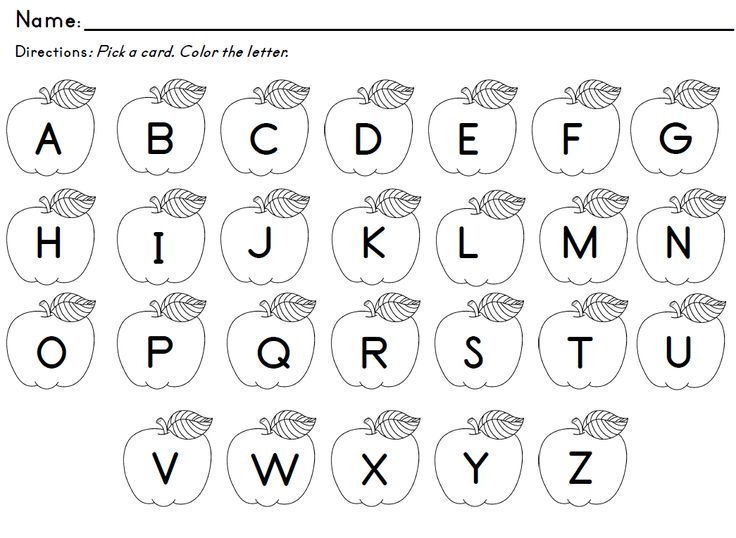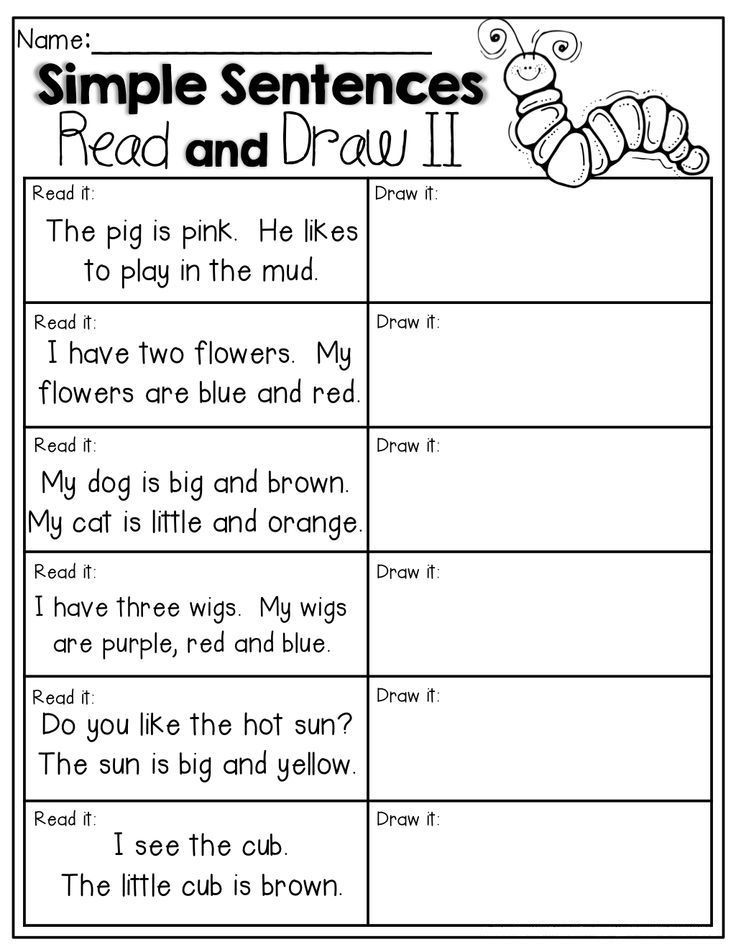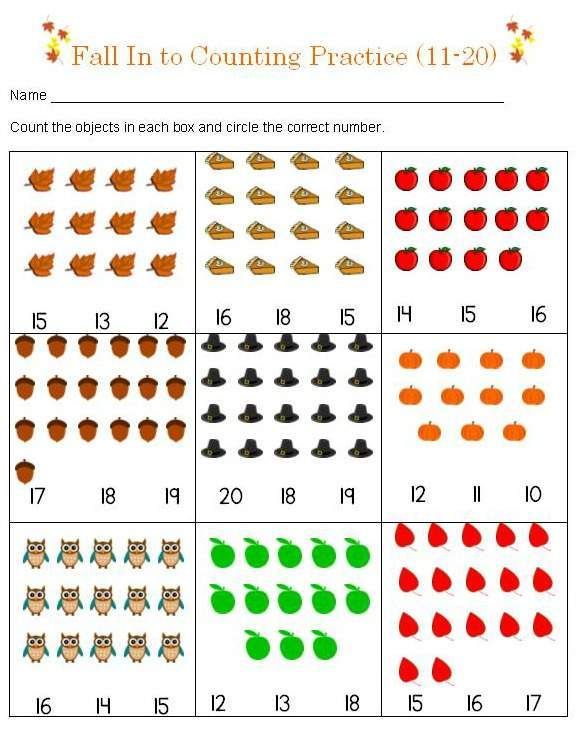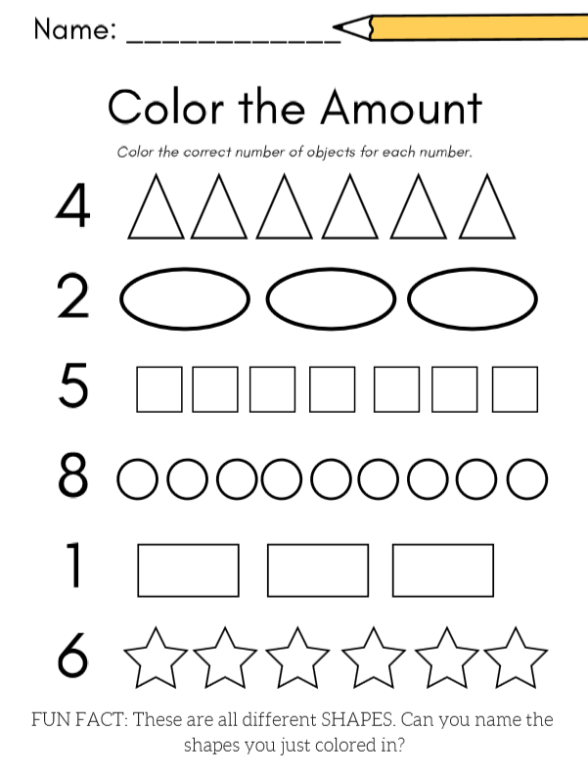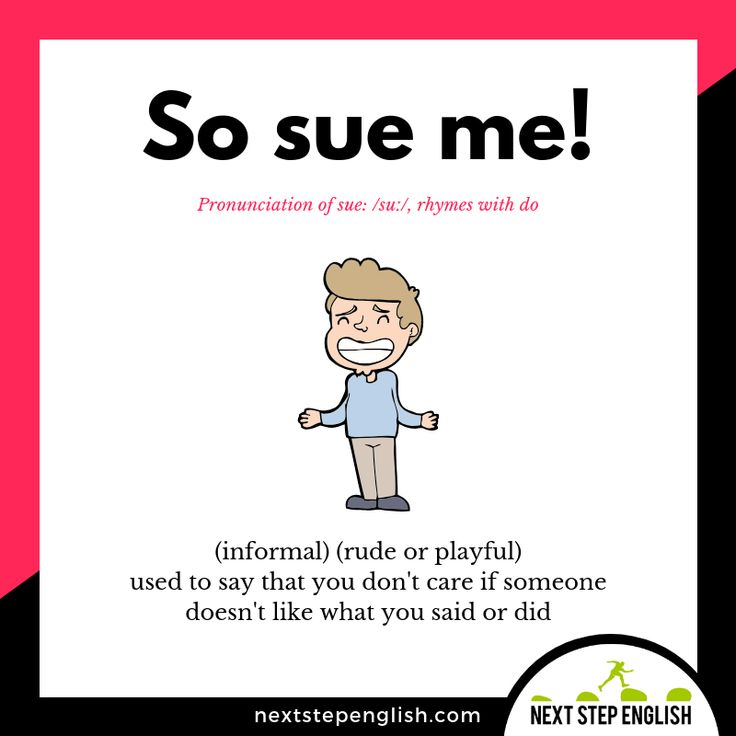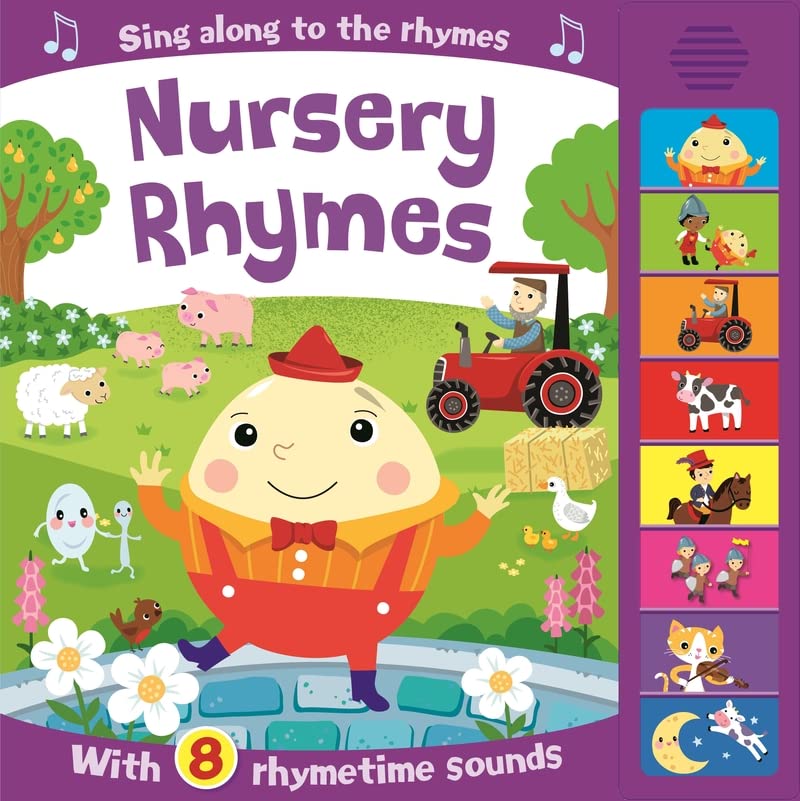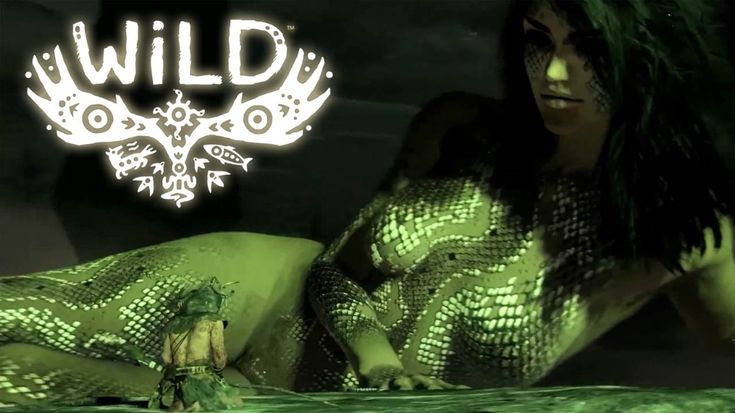Teach the abcs
5 Ways to Teach the Alphabet
Disclosure: This post contains affiliate links to Amazon. See my disclosure for details.
Teaching the alphabet is foundational for reading and writing. Around the age of 2, children begin showing interest in learning alphabet letters. While some kids learn letters very quickly, others need more repetition and time to learn letters. Today I’m going to share with you some of my favorite ways to teach the alphabet to little ones.
Here’s what a preschooler should know before kindergarten:
- Recite/sing the alphabet
- Identify uppercase letters
- Identify lowercase letters
- Match uppercase letters to lowercase letters
- Identify the sounds each letter makes
- Traces letters
- Write some alphabet letters
Here are my five favorite ways to teach the alphabet to children.
1. Read Alphabet Books
Read all sorts of alphabet books to your children, even starting as babies. The repetition will really help your child learn the alphabet at a young age. When my oldest was born, I was surprised at how many alphabet books we had been given as gifts. We loved reading all of them because they were different from each other. I found that around 18 months both my kids really started enjoyed reading alphabet books. Here are a few of our alphabet books:
Here are some of our favorite alphabet books.
The Three Bears ABCChicka Chicka Boom Boom (Board Book)Eating the AlphabetThe Farm Alphabet BookG is for GoatHarold’s ABC (Purple Crayon Book)I Stink! (Kate and Jim Mcmullan)Bad KittyThe Letters Are Lost!AlphaOops!: The Day Z Went FirstZ Is for Moose (Booklist Editor’s Choice. Books for Youth (Awards))Q Is for Duck: An Alphabet Guessing GameABC T-RexWork: An Occupational ABC
2. Sandpaper Letters
Using sandpaper letters is a great way to introduce letters to children. My favorite ones are Didax Sandpaper Tracing Letters or School Supply Tactile Letters Kit. This is a perfect pre-writing activity because children use their finger to trace the sandpaper letters. I love that the cards tell the child where to start and which direction to go.
This is a perfect pre-writing activity because children use their finger to trace the sandpaper letters. I love that the cards tell the child where to start and which direction to go.
Sandpaper letters are part of the Montessori approach to learning how to read. These letters provide a tactile and visual way to help children learn the alphabet. In the Montessori method, you teach letters to a child in the 3-period lesson.
1st period is introducing the letter (“this is” period). Show your child the letters. Have them trace the sandpaper letters. The best way to teach children alphabet letters is by telling them their phonetic sound. So each time they trace the letter, say the phonetic sound.
2nd period is association (“show me” stage). Ask your child to follow simple directions with the letters. For example, please pick up the /m/ and set it by the window. Continue to do this with each letter several times to reinforce this.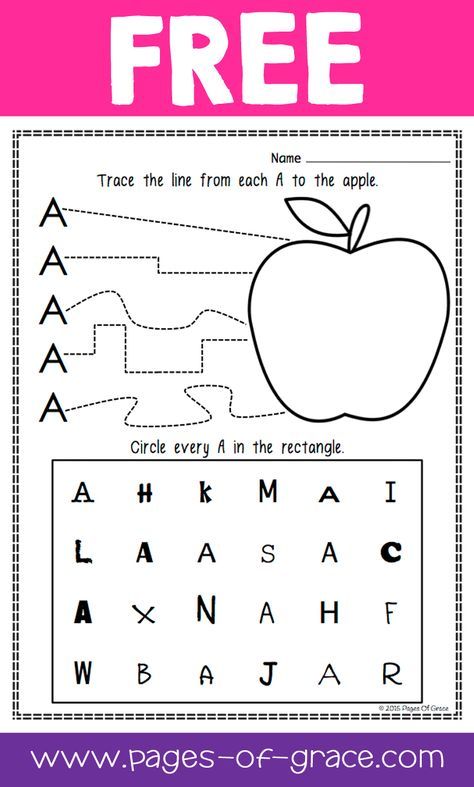 If it is too difficult, return to the first period.
If it is too difficult, return to the first period.
3rd period is recall (“what is this?” period). Only go to this period when they’ve mastered the other two periods. Put a letter in front of the child and say “Can you trace this and tell me what it is?” Continue with the other letters in the same way.
When you use these sandpaper letters, you are teaching them 3 things: the shape of letters, the feel of its shape and how its written, and how you pronounce its sound.
3. Alphabet Puzzles
I think teaching letters with alphabet puzzles are an amazing tool for teaching the alphabet. This is my favorite puzzle, from Melissa and Doug. It’s a beautiful wooden puzzle with neat pictures. This is a great way to practice vocabulary and verbal skills, too.
4. Sensory Activities
While some kids learn letters very quickly, others need more repetition and time to learn letters. I’ve always said that children learn best when they have many multisensory experiences with letters.
I love to incorporate sensory play into learning alphabet letters. When children have meaningful activities with repeated exposure, they start to pick up on letter names. One way is this alphabet ice excavation activity.
You could also make a colorful sensory bin!
Or practice writing letters in the sand, like this sensory writing tray.
5. Alphabet Printables
I have quite a few alphabet printables on my blog, but here is a set that is easy and fun for preschoolers. You will need Do a Dot Markers or dot stickers to fill in the circles.
I love pulling printables out for a quick and easy activity. I’m always advocating for hands-on learning, but sometimes it’s nice to do a few paper activities. Using Do a Dot markers or dot stickers is great for hand-eye coordination and fine motor skills.
If you’d like to download this printable, just click the button below.
5 Easy ways to teach the alphabet to preschoolers | Daycare Blog
Teaching children the alphabet is foundational to learning how to read.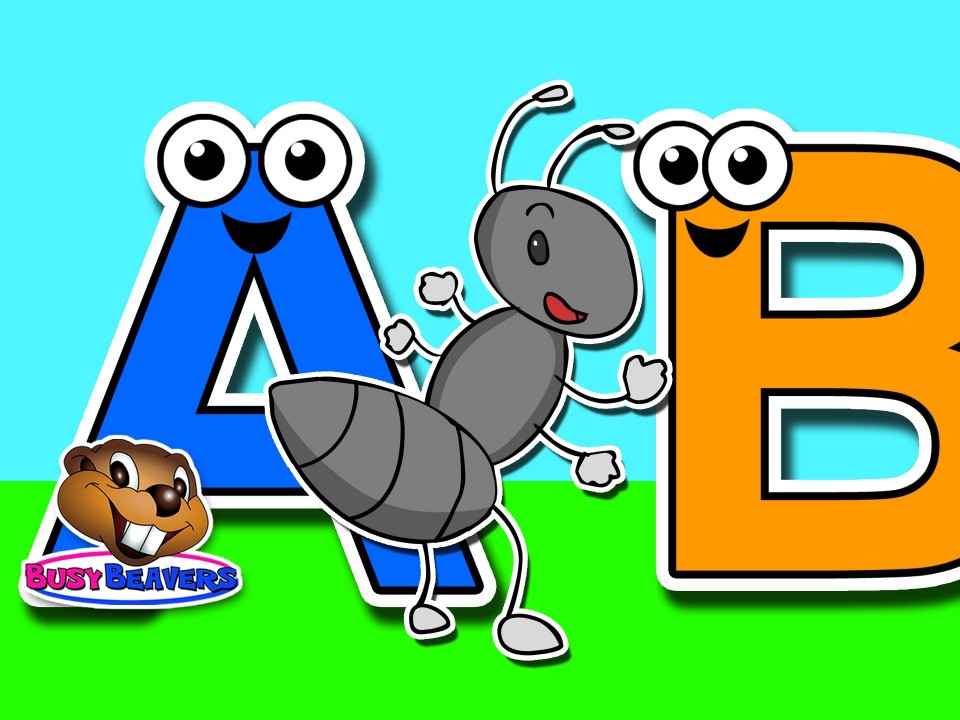 Before children can put together sounds or draw together lines that make words, they need to know what they are. If you’ve never taught the alphabet before, the concept may sound abstract: how do you teach something that comes so naturally to you? Teaching letters can be really fun and simple. In this article, we’ll give you easy ways to teach the alphabet to preschoolers.
Before children can put together sounds or draw together lines that make words, they need to know what they are. If you’ve never taught the alphabet before, the concept may sound abstract: how do you teach something that comes so naturally to you? Teaching letters can be really fun and simple. In this article, we’ll give you easy ways to teach the alphabet to preschoolers.
1) Sing alphabet songs
Obviously, we all know the English-language, “A-B-C-D, E-F-G,” song. That’s a great place to start. However, there are more alphabet songs, which can add variety to your tunes, and help kids learn the alphabet in different ways.
This article lists a whole bunch of alphabet songs to try. And, if you saw our article on YouTube channels for toddlers and preschoolers, you can find letter-related songs there too. The visuals in videos can show objects that start with each letter, and sometimes the songs also pronounce sounds too.
One important note brought up by this early childhood educator, is that kids should go from singing the song, to being able to say and point out the letters without a tune.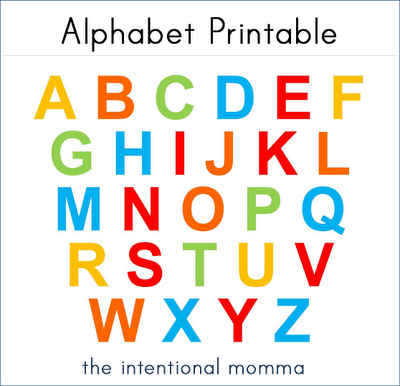 So don’t stop at singing!
So don’t stop at singing!
2) Play letter matching games
Letter matching games are easy to set up. You can have a poster board with the alphabet printed on it in large letters. Have separate letter magnets or paper letters cut out at the same size as the print letters. Ask the preschoolers to match their cut outs to the letters on the chart. Where does “A” go? Place the letter “A” cut out on top of the printed “A” on the poster board. Get them to practice doing this with all the other letters.
As the early childhood educator mentioned above noted, you can also have an alphabet ‘arc,’ where one end of a half-circle shows the letter “A”, and the other end the letter “Z”. In between you can have other letters in the alphabet shown, but not all of them. Ask the preschoolers to put down their block letters in the right sequence, using the pre-filled in letters as clues.
3) Open a new ‘alphabet box’ each week
You may have seen us post on Facebook that a certain week is brought to you by a letter we’re covering.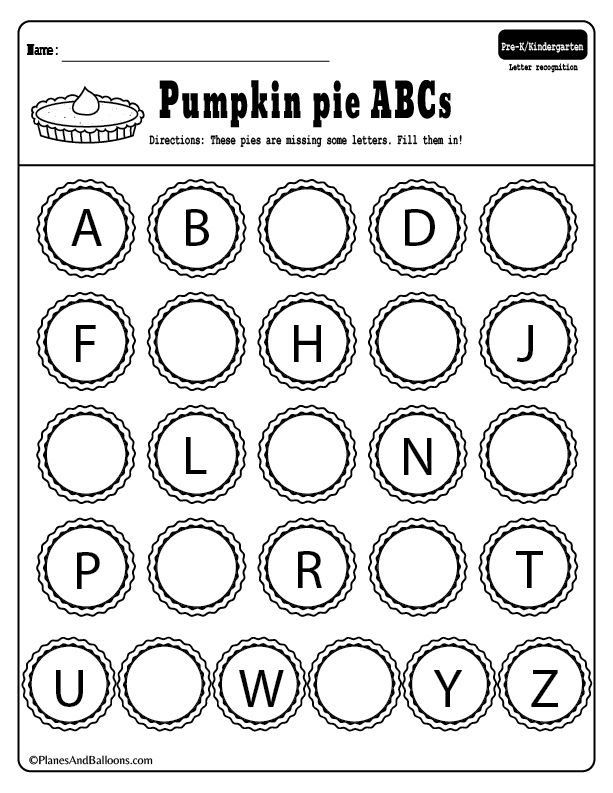 It may be “C,” and you’ll see photos of us painting the letter C at daycare, or learning about animals that start with the letter “C.” Weekly letter themes are common in preschools.
It may be “C,” and you’ll see photos of us painting the letter C at daycare, or learning about animals that start with the letter “C.” Weekly letter themes are common in preschools.
You can take your weekly letter curriculum a step further by creating a box that children can open to discover objects that relate to that letter.
For example, on the week covering the letter “A,” your preschoolers can open (or even unlock) a box that contains an apple, a toy airplane, a toy alligator, an acorn, an arrow (a safe one!), and so on. In fact, don’t tell the children right away what letter the box of ‘treasures’ represents. Ask them if they can guess the letter they’ll cover that week by observing the objects in the box alone. This can be a fun and whimsical way to have your children get excited about the week ahead, and work together to come up with an answer.
3) Use interdisciplinary learning with each letter, to strengthen letter associations
Since repeating a letter over and over again can get boring, you can mix it up a little by bringing in related lessons.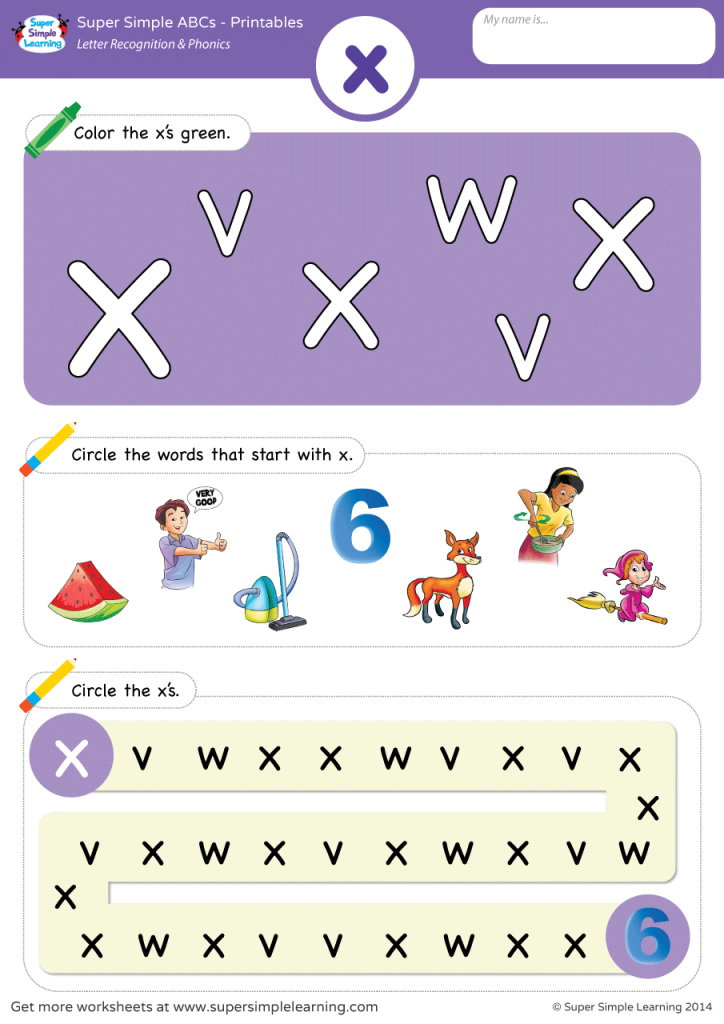 You can start with a week’s letter as your core subject. Then, throughout the day, teach interdisciplinary subjects that still relate.
You can start with a week’s letter as your core subject. Then, throughout the day, teach interdisciplinary subjects that still relate.
For example, if you are on the letter “R,” you can learn about the colour “red” too, since it starts with “R.” Ask the children, ‘what things are red?’ If you are on the letter “A,” you can learn about apples. We’ve done this before, where we teach children about the types of apples there are, as well as explain that seeds are inside an apple, and so on.
This blogger lists a whole bunch of crafts you can you incorporate into your letter learning. For example, you can make holes with a hole punch for the letter “H.” This can then lead into learning about the circle shape. You get the idea…
4) If you use flashcards to teach the alphabet, use logical ones
Flashcards are a great memorization tool, and the alphabet is all about memorizing. However, this teacher warns that sometimes, pre-made flashcards can get really confusing. If you are teaching the letter “D” and there is an image of something that simply uses the sound of “D” somewhere in the word, but doesn’t start with “D”… well you can quickly see how even adults would be confused by that.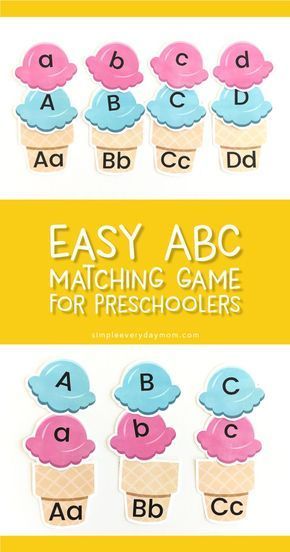
Remember, at this stage, you’re not teaching phonetics or complex vocabulary and pronunciation. First, children need to recognize and know the alphabet. Use the simplest flash cards, with the simplest pictures of the objects and animals that preschoolers can recognize.
That said, sometimes you want to use lowercase and uppercase letters in your flashcards…and yes, that can be confusing for the very young learners, especially when the upper and lowercase look so different, but are called the same thing. But if you’re using a set of magnets, for example, you can just use their uppercase versions, that’s ok (they may only come in that form). For very early learners, you can start really basic. Just don’t forget to start showing them the lowercase and uppercase letters together at some point in their alphabet learning journey.
5) Eat foods shaped like letters to help preschoolers learn their alphabet
Speaking of interdisciplinary alphabet learning, why not do a baking session with the kids at preschool? They can use letter-shaped cookie cutters to make a fun and yummy snack.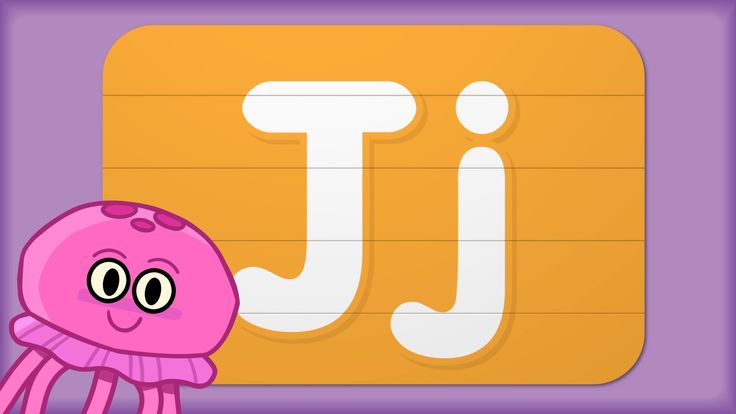 Meanwhile, there is a host of lessons you can teach with the baking activity. Chemistry, cooking, nutrition…the list goes on.
Meanwhile, there is a host of lessons you can teach with the baking activity. Chemistry, cooking, nutrition…the list goes on.
If you want the easy route, try commercially-sold letter-shaped biscuits. IKEA has a version of these. Ask your toddler or preschooler to name the alphabet letter they’re about to eat. Eating it can be the reward for getting it right!
And of course, there is alphabet soup, or noodles shaped like letters. You can make mealtime fun, and educational, with these edible alphabet manipulatives.
So there you have it, 5 easy ways to teach the alphabet to preschoolers. They may even be fun for you, too! It is super cute to hear little ones pronounce letters, and guess what object goes with each letter. When your preschoolers are learning the alphabet, be sure to take every teachable opportunity you can to encourage them to recognize letters in the world around them. If you’re on a field trip, ask the children if they can spot their letter-of-the-week on a street or building sign.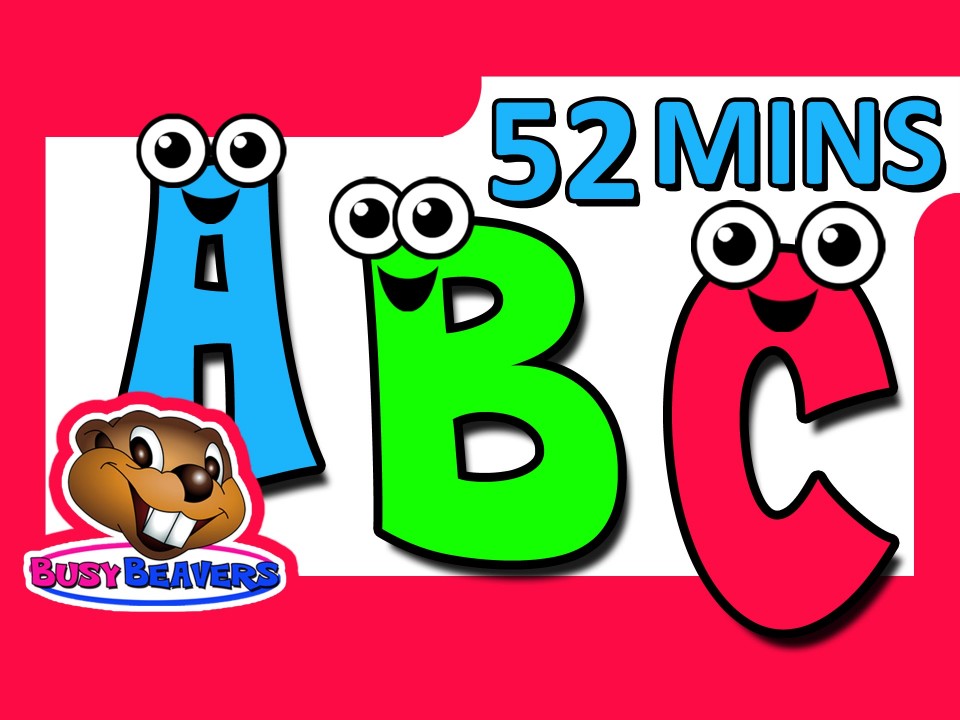 If you’re reading a book, see if they can spot the letters you’re reading to them. Keep pushing letter recognition throughout the day, so the lessons can really sink into their memory.
If you’re reading a book, see if they can spot the letters you’re reading to them. Keep pushing letter recognition throughout the day, so the lessons can really sink into their memory.
See more on our blog:
- How to teach digraphs to preschool children (6 ways)
- What is the best way to teach word recognition to early childhood readers?
- Why is literacy crucial in the early years? How can parents and preschools help with reading skills?
- How to teach toddlers and preschoolers to count, and learn their numbers
- Ideas for teaching shapes in preschool and daycare
Learn letters! Alphabet for kids!
Description
Let's have fun learning the letters of the alphabet with the colorful talking alphabet! Cute little animals and other characters will help you remember the alphabet, both Russian and English.
One of the first books of every child is undoubtedly a primer or alphabet for kids!
Children's alphabet app is great for kids and preschoolers 3, 4, 5 and 6 years old. You can download it absolutely free!
You can download it absolutely free!
ABC
Any education and learning of a language begins with the alphabet. So that the Russian language in the 1st grade seems like a trifle to a child - start learning now! Our abvgdike will turn school preparation into a game!
ABC
Learning English letters. It is much easier for children to learn a new language, and today everyone should know English. Start learning the English alphabet for kids with pronunciation for the youngest kids as early as possible!
Start your education with English alphabet letters.
Our interactive talking alphabet contains a set of cards in which the child needs to identify the object associated with the letter in simple steps. For the little ones, it is easier to learn the alphabet when letters and sounds are associated with something.
There are many educational games for little girls and boys, but learning the alphabet for toddlers is perhaps the most useful and necessary!
It is important for preschoolers to engage in school preparation, learning the alphabet and learning to read in order to feel comfortable in the first grade in Russian.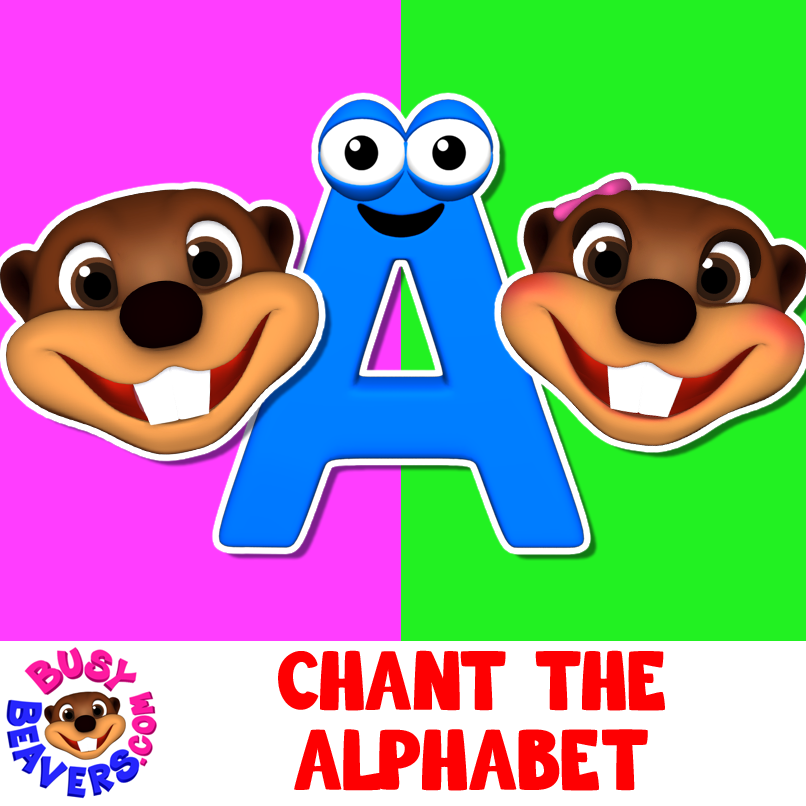 To facilitate your child's preschool education, you can download educational games and educational games for children, such as the Russian and English alphabet for toddlers and children a little older.
To facilitate your child's preschool education, you can download educational games and educational games for children, such as the Russian and English alphabet for toddlers and children a little older.
Version 1.0.4
Dear moms and dads! Thank you for installing our apps for your kids! This version fixes minor bugs that won't bother you anymore. Write reviews, your opinion is very important to us and we will gladly consider all your suggestions and implement the best of them.
We work for you and your children!
Ratings and reviews
Ratings: 446
Alphabet
I like it
Thank you for your high rating!
colorful application
The child really liked it) interactive letters and objects) helps in preparing for English) I recommend it!
Need to fix
The letter L is pronounced incorrectly.
Please correct it
The developer of MOBGAME LTD has not disclosed to Apple its privacy policy or data processing practices. Detailed information is available in the developer's privacy policy.
N/A
Developer will be required to provide privacy information when submitting the next application update.
Information
- Provider
- MOBGAME LTD
- Size
- 114.2 MB
- Category
- Games
- Age
- 4+, for children 0-5 years old
- Copyright
- © TrilobiteSoft
- Price
- Free
- Developer site
- Application Support
- Privacy Policy
Other apps from this developer
You may like
How is it better to learn letters?
Today I will answer a question that worries almost all parents of babies:
– What is the best way to learn letters?
Let me briefly remind you what we agreed with earlier and what we will follow:
- you do not need to learn all letters at once , but you need to learn to read literally on the first 5-6 letters studied;
- we do not need a separate independent stage of studying letters, we work with sounds, we form a connection between the word and the sound (at the initial stage between the word and the first sound).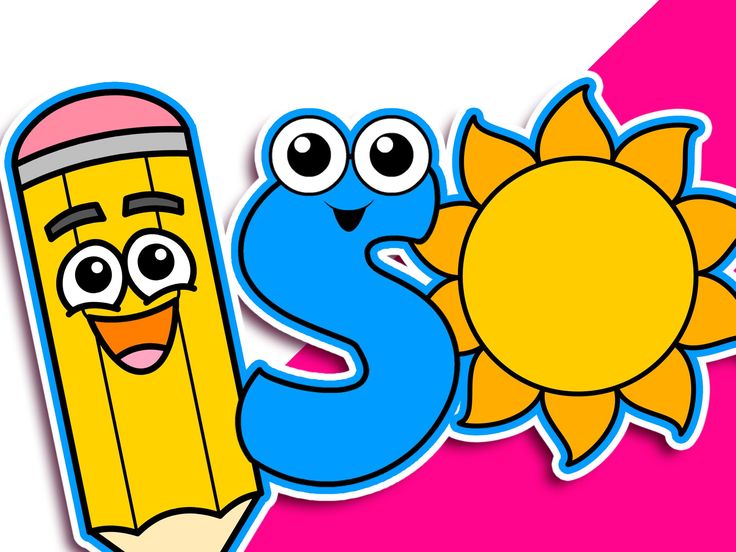 And already from the ability to highlight the first sound in the word we go to the letter , introduce the child to this sign. We are talking about the fact that letters are needed to record the sound that we hear . About four exceptions - I, Yu, E, Yo - read in the previous article of our blog in the story about the poster with the Russian alphabet.
And already from the ability to highlight the first sound in the word we go to the letter , introduce the child to this sign. We are talking about the fact that letters are needed to record the sound that we hear . About four exceptions - I, Yu, E, Yo - read in the previous article of our blog in the story about the poster with the Russian alphabet.
- we teach you to write right away, from the very first letters . And it is not very important for us how the baby does it - exactly or not very much. We do not pursue beauty in any way. One thing is important for us: so that the sound that the child hears, he writes down exactly the same letter . We do not consider it a “mistake” if a child turns letters upside down - “mirror” - this is acceptable up to 5-6 years old due to the physiology of this age. If the child “mirrors”, just say that he did a great job and wrote everything absolutely right, just in the wrong direction, and together we will now rewrite this letter so that “it looks in the right direction.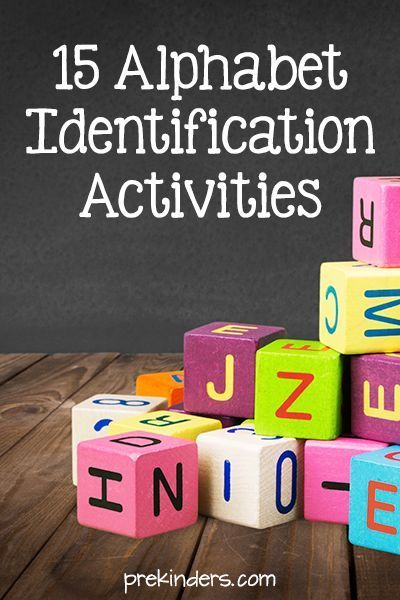 ” And it will gradually pass, get better.
” And it will gradually pass, get better.
And on top of that, since we have a bilingual child and we tirelessly develop his speech, expanding his vocabulary, it is best to combine the first steps in the world of reading with the development of the child's speech whenever possible.
If you agree with everything that has been said, then you can start :) Yes, one more thing: today we are talking about how to learn printed letters with a child at an early age - from 3.5 years old. Why it is not necessary until this age is a separate story, and often not very funny. Not today.
So, three basic rules for studying letters: hear, touch, “live”. And it's very important to do it all at the same time :)
Hear . Here, it seems, everything is clear and much has been said. We build a connection between the word and the sound, and further - the sound and the letter. We start with the main vowels A, O, U, Y. Then the consonants only in the firm position , please, at the initial stage.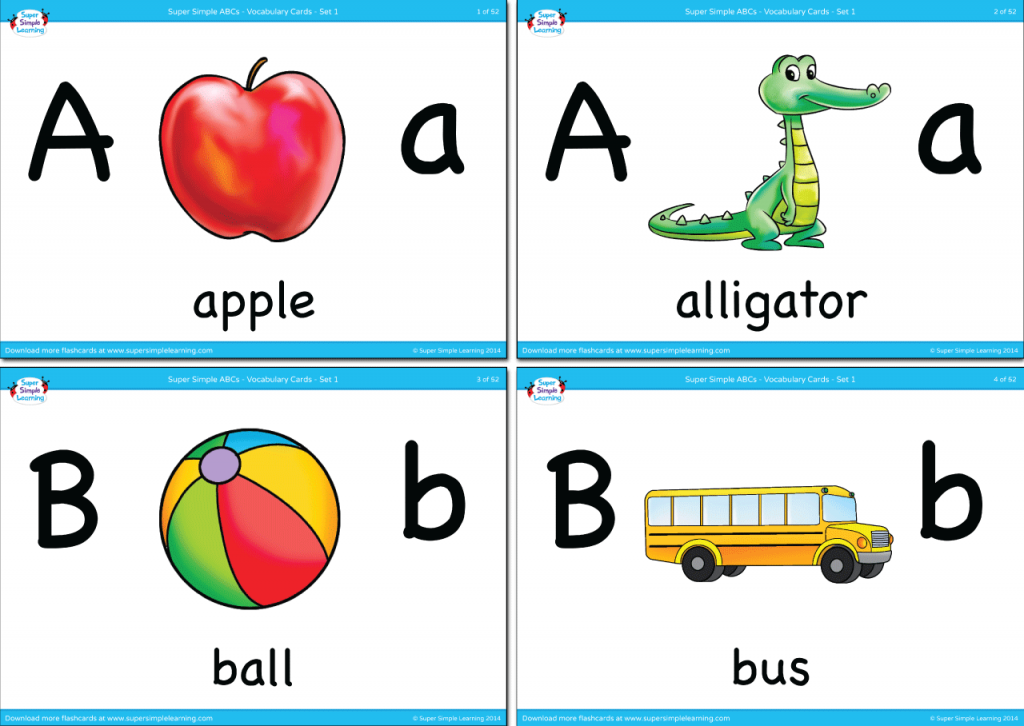 This makes it easier for the child to hear. And all the pictures with the names of objects, from which we will build on, building a connection between sound and letter, must be very carefully selected by you, “listened” by you :) before you sit down to work with the baby. If you are learning the letter "M", then you do not need to show your child ball and bear , trying to convince him that these words are in M. For your child, these words are in [m ’], he definitely hears it.
This makes it easier for the child to hear. And all the pictures with the names of objects, from which we will build on, building a connection between sound and letter, must be very carefully selected by you, “listened” by you :) before you sit down to work with the baby. If you are learning the letter "M", then you do not need to show your child ball and bear , trying to convince him that these words are in M. For your child, these words are in [m ’], he definitely hears it.
Touch . It is known that children perceive the world around them tactilely . We just need to continue this way of perception in the new world of letters for the baby. That is, to learn to recognize letters by touch.
Here are some very effective tactile memorization techniques :
- With plastic letters from the magnetic alphabet, you can play "magic bag". Put a few letters in a bag (a boot/sock is great for Christmas gifts), ask the child to find a certain letter by touch.
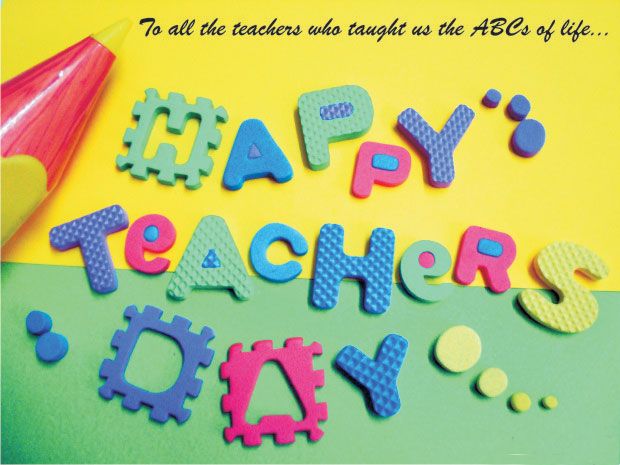 A child is looking for one letter, you are looking for another.
A child is looking for one letter, you are looking for another.
- In the Montessori system, letters are cut out of thin skin and glued onto paper. You need to guess by touch with your eyes closed which letter it is. Instead of the skin, you can use velvet paper or any other material with a pronounced texture.
- While bathing, you can play like this: “write” a letter on the baby's back with your finger and ask them to guess which letter you wrote. You can “write” a letter in the same way on the child’s palm, turned towards you.
- Laying out letters from beads, matches, cereals also works great. You can make a picture. Cover a disposable plate with a thin layer of plasticine. Draw the outline of the letter on it with something sharp. Then attach anything along the contour of the letter: beans, beads, rice, pasta. At the same time, we learn letters, and do exercises on fine motor skills, and create.
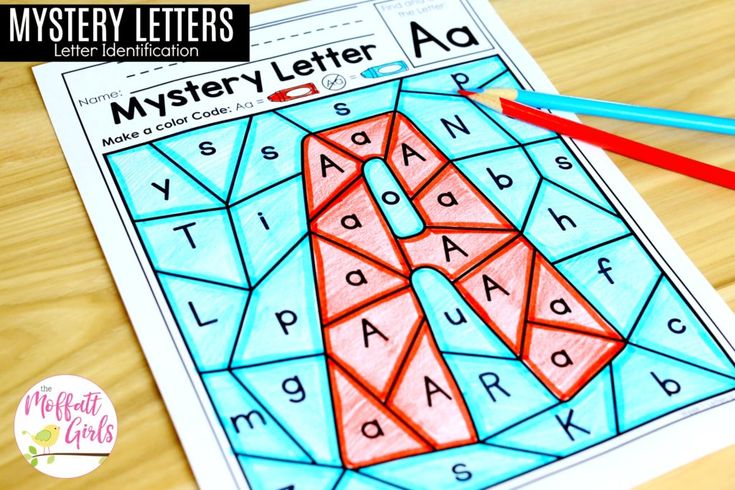
Tactile memorization is the most productive. It is clear that this is how you can learn both English letters and numbers if the child cannot remember them. This often happens with lefties, who are slower to memorize graphemes. Be sure to do these exercises if the child continues to write letters or numbers in mirror image closer to six years.
How to combine sound and tactile perception in the process of learning letters? I'll just give you an excerpt from my Learning to Read program, which we use in our London Russian language schools LinguaPlay. These are two tasks that we do in the lesson, introducing the letter “M” to children, I will give here without subject pictures what the teacher says to the children. You can do the first exercise with an “extra” object, or you can do without it:
- Let's name the pictures ( m alina, m ost, scissors, m ukha ).
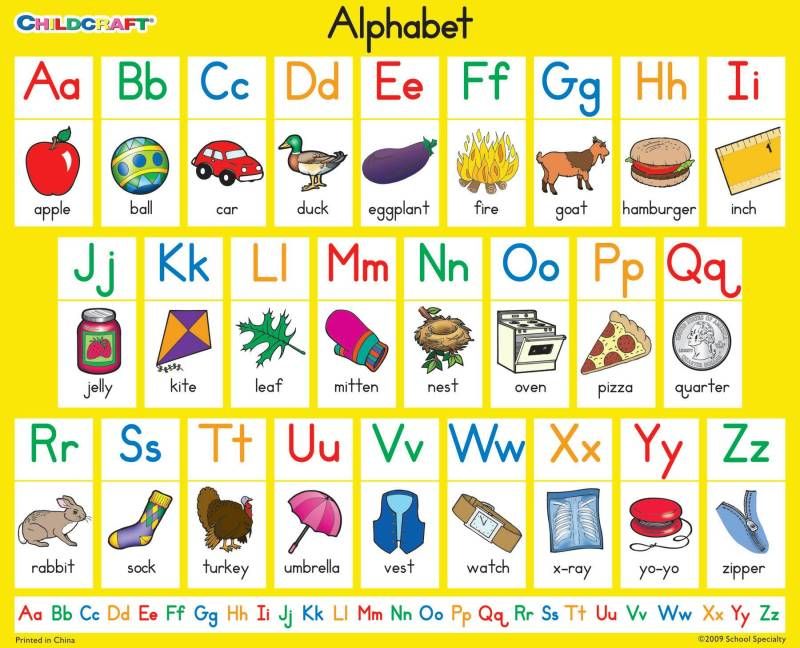 Now we will try to name the pictures again, highlighting the first sound with our voice. What sound do you hear at the beginning of the word " m alina"? That's right, [M]. (Similarly with the word m ear and the word m ost). And what sound do you hear at the beginning of the word " n scissors"? What do you think is the missing picture? That's right, scissors. Now color only those pictures whose names begin with the sound [M].
Now we will try to name the pictures again, highlighting the first sound with our voice. What sound do you hear at the beginning of the word " m alina"? That's right, [M]. (Similarly with the word m ear and the word m ost). And what sound do you hear at the beginning of the word " n scissors"? What do you think is the missing picture? That's right, scissors. Now color only those pictures whose names begin with the sound [M].
After the objects whose names begin with the sound [M] are colored, you can introduce the letter to the children. We do it like this:
- To record the sound [M], we need a letter. With letters we write down the sounds that we pronounce. Sound [M] we cannot pull, sing, lips interfere with us, they do not allow air to pass freely. The sound [M] is a consonant sound. Let's circle the letter along the contour with the index finger (the leading hand is right for right-handers, left for left-handers).
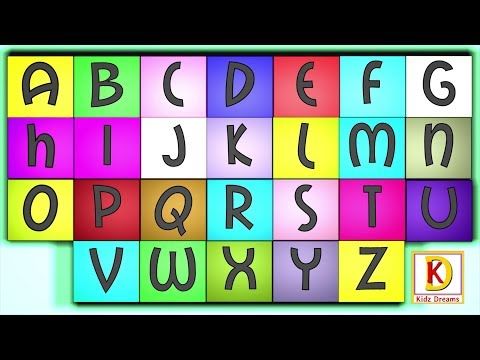 We will color the letter M with a blue pencil. (We have so far the names of all objects begin with a solid consonant sound).
We will color the letter M with a blue pencil. (We have so far the names of all objects begin with a solid consonant sound).
Under this program, we have been teaching children to read since 2012, everything is easy for the child and convenient for adults - teachers and parents, for whom, of course, it is important to be in unison with the teacher, use the same terms, explain exactly as it is does the teacher in the classroom. Therefore, in small print in class and homework, detailed explanations are written, which I gave above. And so we work with each letter, except for exceptions - iotized vowels I, Yu, E, Yo, hard and soft signs. Everything is convenient and simple. And this is the most important thing, I think.
And now the most interesting thing, the third one – “to live” 🙂
Yes, I am deeply convinced that getting to know a letter is an event in the life of a little person! And this event should become bright, there should be history, experience, “living”, so that the memory is strong.

